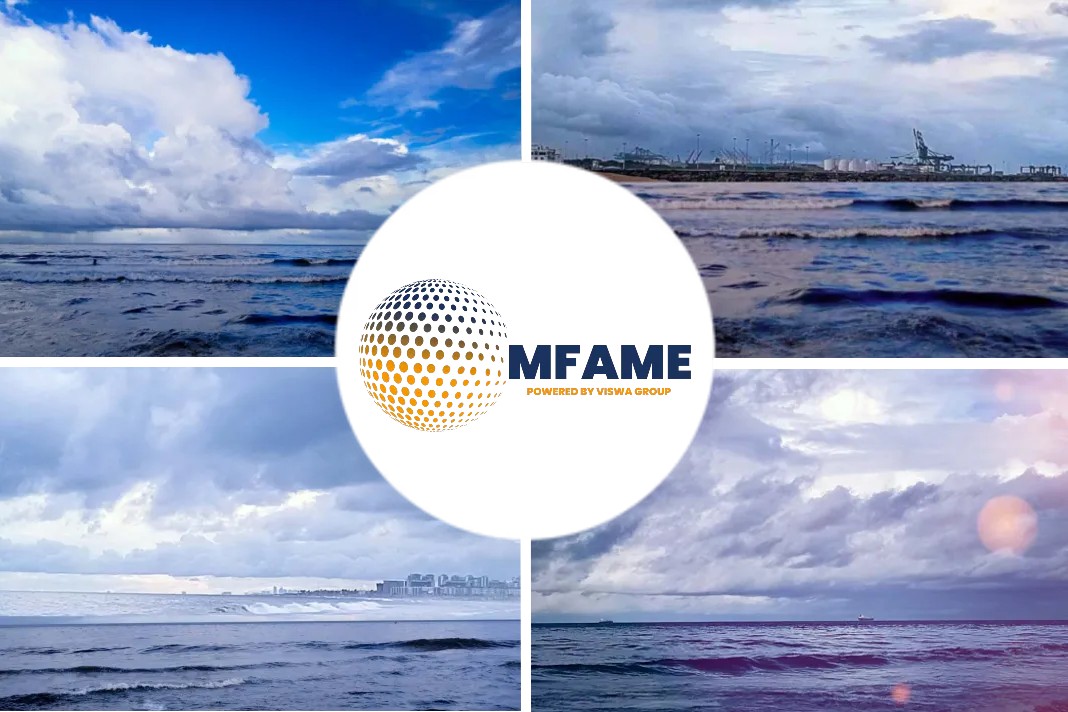- International Maritime Organization (IMO) 2020 standard states that marine fuels containing no more than 0.5% sulfur by weight are to be used to power ocean-going vessels and for ships without exhaust scrubbers, resulting in a sizeable price jump as ocean shippers and fuel sellers begin stocking up.
- IHS’ forecast also expects the spot price of global crude benchmark Brent to reach an average above $67 a barrel between June and the end of this year.
- Analysts forecast demand for IMO 2020-compliant marine fuel should reach between 1.6 million bpd and 2.7 million bpd as shippers begin loading storage tanks and clearing vessels of existing bunker fuels.
A hike in the global prices for diesel and marine fuels will be seen by October ahead of a January switchover to new, very low-sulfur marine fuels. This hike will remain higher for at least a year as refiners shift production to make more of the new fuels, reports Reuters.
IMO 2020 Standard
Under the International Maritime Organization (IMO) 2020 standard, marine fuels containing no more than 0.5% sulfur by weight, down from the 3.5% currently used, to power ocean-going vessels will be required for ships without exhaust scrubbers.
VLSFO and HSFO
In addition to the 0.5%-sulfur fuel, called Very Low Sulfur Fuel Oil (VLSFO), shippers can use marine gas oil with a sulfur content of 0.1% to replace marine fuel containing 3.5% sulfur, called High Sulfur Fuel Oil (HSFO).
Sizeable increase in diesel price
Some analysts expect a sizeable price jump as ocean shippers and fuel sellers begin stocking up, but warn existing refining capacity could fall short. Demand for bunker fuel was 3.5 million barrels per day (bpd) in 2018.
“The industry is not ready,” said Kurt Barrow, an IHS Markit consultancy vice president, who forecasts a “sizeable” price increase for diesel.
“You’re not going to build enough new refining equipment nor add enough scrubbers” to meet initial requirements for VLSFO, he said.
Shift in petroleum product pricing
The U.S. Energy Information Administration (EIA) said that a shift in petroleum product pricing may begin as early as mid-to-late 2019, with the effects on prices to be most acute in 2020, and then to moderate after that.
U.S. Gulf Coast ultra-low sulfur diesel
Barrow said that the average spot U.S. Gulf Coast ultra-low sulfur diesel (ULSD) prices for bulk orders could reach over $2.12 a gallon in the second half of this year and rise above that level in 2020, according to the IHS base forecast.
On Monday, the Gulf Coast spot market price for ULSD was $1.778 a gallon. The average spot price for U.S. Gulf ULSD in the first five months of this year was $1.926 a gallon, according to Refinitiv Eikon.
Global crude benchmark Brent
IHS’ forecast also expects the spot price of global crude benchmark Brent to reach an average above $67 a barrel between June and the end of this year. On Monday, the spot market price for Brent in London was $65.81 a barrel.
The spot price is for immediate delivery of a commodity, in contrast with the more-often quoted futures price, which is for a specific delivery at a future date.
The price rise will benefit refiners that have spent billions of dollars gearing up for the change. Plants that can maximize output of low-sulfur fuels such as marine gas oil “could see their margins surge,” according to a Boston Consulting Group report released last month.
It forecast high price spreads for IMO 2020-complaint fuels over sulfur-rich fuels lasting 18 months in two of its three uninterrupted conversion projections.
Net cash margin per barrel may climb over $10 in 2020, from about $3.80 a barrel now, IHS’s Barrow said.
Hindrance of Economic growth
Price increases could moderate, especially if the U.S.-China trade dispute weakens economic growth. Bank of America analysts, who this year projected refiners could see a $25 a barrel diesel margin in the fourth quarter from IMO 2020-compliant demand, now say the U.S.-China trade war “threatens to derail” that robust forecast by depressing economic growth.
IMO 2020-compliant marine fuel
Analysts forecast demand for IMO 2020-compliant marine fuel should reach between 1.6 million bpd and 2.7 million bpd as shippers begin loading storage tanks and clearing vessels of existing bunker fuels.
Over the past several years, refiners have invested $100 billion to produce low-sulfur fuels, said Susan Grissom, chief industry analyst at trade group American Fuel and Petrochemical Manufacturers (AFPM).
Chevron Corp and Marathon Petroleum Corp, the largest U.S. refiner, this month said they are ready to supply IMO 2020 fuel. Chevron now has fuel available for testing, and will have continuous supplies in the market by late September.
The potential IMO 2020 bonanza has lured investors ArcLight Capital Partners and Freepoint Commodities to pour $1.4 billion into an idle St. Croix, Virgin Islands, refinery, to process 200,000 bpd of crude, and begin supplying the marine fuel by late this year.
Did you subscribe to our daily newsletter?
It’s Free! Click here to Subscribe!
Source: Reuters

























